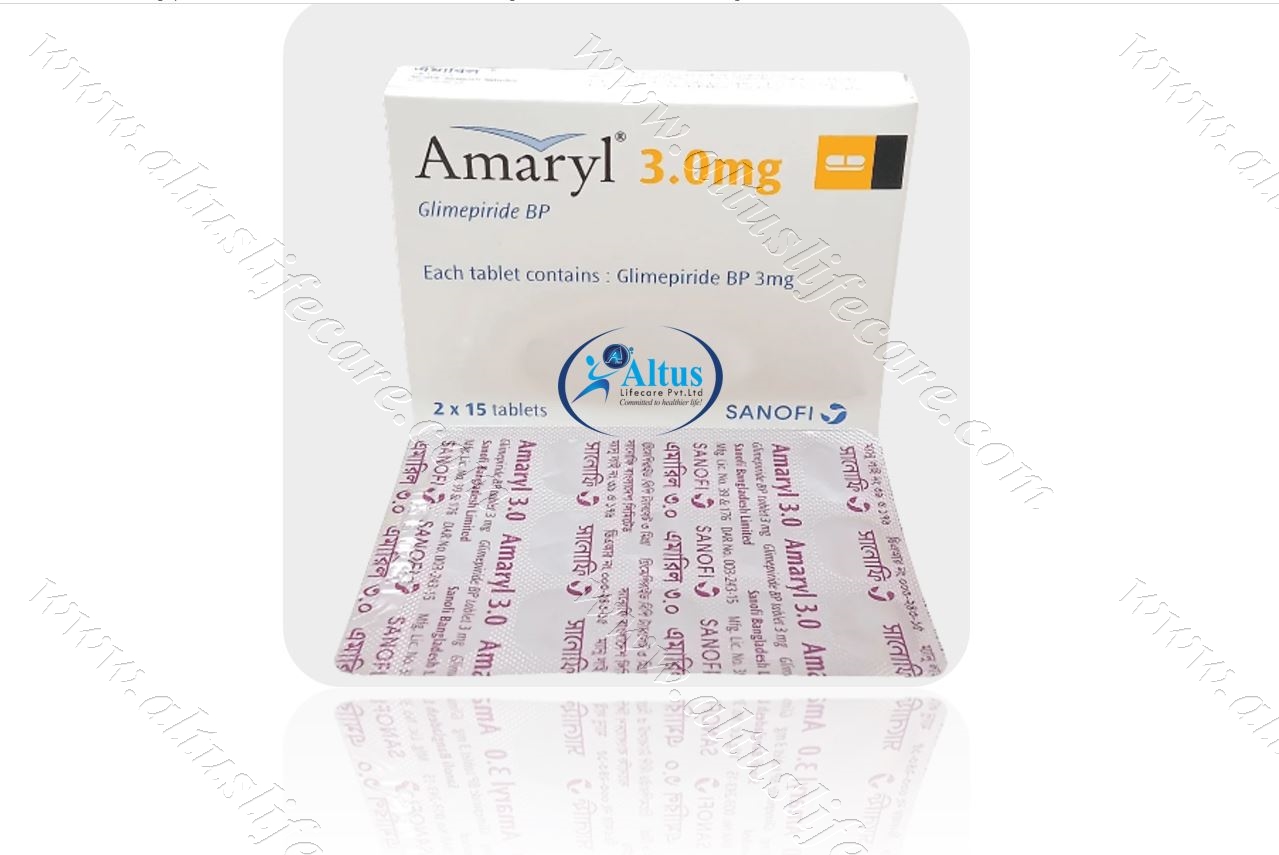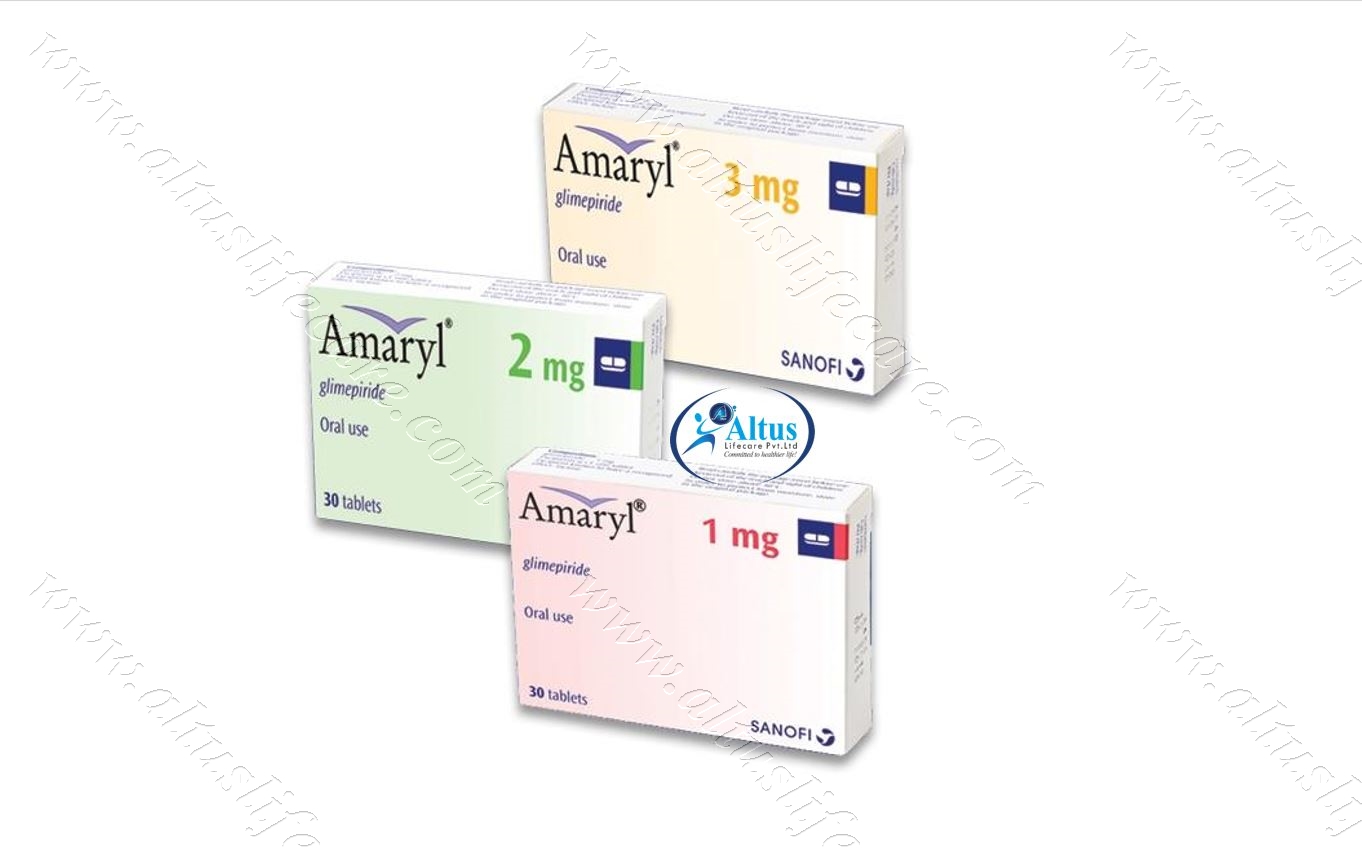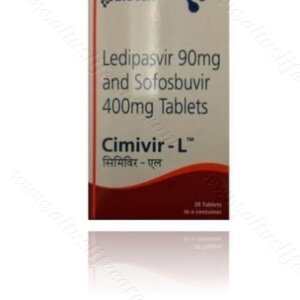- Thyroid Care
- Armodafinil
- HIV Medicines
- Weight Loss
- Naltrexone
- Anti Emetic
- Neuropathic Pain
- Mens Health
- Hair Loss
- Pain Relief
- HCG Injections
- Quit Smoking
- Pharmaceutical Vaccine
- Best Selling Products
- Anti Viral
- Bimatoprost
- Antibiotics
- Women's Health
- Cetaphil
- Botulinum
- Diabetes
- Human Albumin
- Anti Malarial
- Dermal fillers
- Chemical Peels
- Nephrology Segment
- Kidney / Liver Care
- Anti Cancer
- Altus Product's
- Pharmaceutical Products
- Anti Fungal
- Hepatitis
- Beauty & Skin Care
- Asthma
- Modafinil
- Urology Segment
- Anti-Cancer
- Armodafinil
- Bimatoprost
- Botulinum
- Dermal Fillers
- Hepatitis
- Mens-health
- Modafinil
- Naltrexone
- ANTI EMETIC
- Altus Product’s
- Anti Fungal
- Anti Malarial
- Anti Viral
- Antibiotics
- Asthma
- Beauty & Skin Care
- Cetaphil
- Chemical Peels
- Diabetes
- Hair Loss
- HCG Injections
- HIV Medicines
- Human Albumin
- Kidney / Liver Care
- Neuropathic Pain
- Pain Relief
- Pharmaceutical Products
- Pharmaceutical Vaccine
- Quit Smoking
- Thyroid Care
- Weight Loss
- Women’s Health
- Thyroid Care
- Armodafinil
- HIV Medicines
- Weight Loss
- Naltrexone
- Anti Emetic
- Neuropathic Pain
- Mens Health
- Hair Loss
- Pain Relief
- HCG Injections
- Quit Smoking
- Pharmaceutical Vaccine
- Best Selling Products
- Anti Viral
- Bimatoprost
- Antibiotics
- Women's Health
- Cetaphil
- Botulinum
- Diabetes
- Human Albumin
- Anti Malarial
- Dermal fillers
- Chemical Peels
- Nephrology Segment
- Kidney / Liver Care
- Anti Cancer
- Altus Product's
- Pharmaceutical Products
- Anti Fungal
- Hepatitis
- Beauty & Skin Care
- Asthma
- Modafinil
- Urology Segment
No products in the cart.
Return To Shop$48.72 – $89.74Price range: $48.72 through $89.74
Amaryl 3 mg Tablet (Glimepiride 3mg)
Amaryl 3mg Tablet belongs to a group of medicines called sulfonylureas and is used to treat type 2 diabetes mellitus in adults. It helps control blood sugar levels in people with diabetes thereby preventing serious complications of diabetes such as kidney damage and blindness.
Have questions?
Call : +91 9002 1002 33
Amaryl 3 mg Tablet (Glimepiride 3mg)
| COUNTRY OF ORIGIN | India |
|---|---|
| DOSAGE FORM | Tablets |
| GENERIC NAME | Glimepiride |
| INDICATION | Treatment of Type 2 diabetes mellitus |
| PACKAGING | 30 tablets in a strip |
| MANUFACTURER | Sanofi India Ltd |
| COMPOSITION | Glimepiride (3mg) |
PRODUCT INTRODUCTION
Amaryl 3 mg Tablet belongs to a group of medicines called sulfonylureas and is used to treat type 2 diabetes mellitus in adults. It helps control blood sugar levels in people with diabetes thereby preventing serious complications of diabetes such as kidney damage and blindness.
Amaryl 3 mg Tablet may be used alone or along with other medicines. It should be taken just before or with the first meal of the day. Take it regularly at the same time each day to get the maximum benefit. Your doctor will decide what dose is best for you and this may change from time to time according to your blood sugar levels.
Keep taking this medicine, even if you feel well or your blood sugar levels are controlled. If you stop it without consulting your doctor, your blood sugar levels could rise to put you at risk of diabetes complications such as kidney damage, blindness, nerve problems, and loss of limbs. Remember that it is only part of a treatment program that should also include a healthy diet, regular exercise, and weight reduction as advised by your doctor. Your lifestyle plays a big part in controlling diabetes.
The most common side effects of taking this medicine include low blood sugar levels (hypoglycemia), nausea, headache, and dizziness. Make sure you recognize the signs of having low blood sugar levels, such as sweating, dizziness, headache, and shaking, and know how to deal with them. To prevent this, it is important to have regular meals and always carry a fast-acting source of glucose such as sugary food or fruit juice with you. Drinking alcohol can also increase your risk of low blood sugar levels and hence should be avoided. Some people may experience an increase in weight with this medicine.
You should not take it if you have type 1 diabetes mellitus, diabetic ketoacidosis (high levels of acid in your blood), or if you have severe kidney or liver disease. Before taking this medicine, tell your doctor if you have ever had heart disease, thyroid disease, or some hormonal conditions, as it may not be suitable. Pregnant or breastfeeding women should also consult their doctor before taking it. Your blood sugar levels should be checked regularly and your doctor may also advise blood tests to monitor your blood cell counts and liver function.
“Understanding Glimepiride: A Comprehensive Guide”
Glimepiride, a widely prescribed medication for type 2 diabetes, plays a crucial role in managing blood sugar levels. This comprehensive guide aims to shed light on the various aspects of Glimepiride, ranging from its mechanism of action to dosage considerations, side effects, and its role in the broader landscape of diabetes management. By providing an in-depth exploration, this guide empowers patients and healthcare professionals alike with the knowledge needed to make informed decisions regarding Glimepirid e therapy.
Overview of Treatment Approaches for Treatment of Type 2 Diabetes Mellitus
In this comprehensive overview, we delve into the various strategies employed in the treatment of Type 2 Diabetes Mellitus. From medication options to lifestyle interventions, insulin therapy, and personalized treatment plans, this section provides a holistic understanding of the multifaceted approaches used to manage this chronic condition.
Signs and Symptoms of Type 2 Diabetes Mellitus: A Comprehensive Overview
Delve into a thorough exploration of the various signs and symptoms associated with Type 2 Diabetes Mellitus. Gain a comprehensive understanding of how these indicators manifest and their implications on health.
“Meds for Diabetes Mellitus Type 2: A Comprehensive Overview”
This comprehensive overview delves into the diverse landscape of medications available for managing Type 2 Diabetes. It explores various classes of medications, their mechanisms, and the role each plays in achieving comprehensive diabetes care.
“Meds for Diabetes Mellitus Type 2: Navigating the Treatment Landscape”
Medications for Diabetes Mellitus Type 2: Understanding Your Options
When it comes to managing type 2 diabetes, understanding your medication options is crucial. This blog post will guide you through the diverse range of medications available, helping you make informed decisions tailored to your unique health needs.
Medications for Diabetes Mellitus Type 2: Navigating Treatment Paths
Unlocking the Potential: Drug for Diabetes Mellitus Type 2
Exploring the innovative medication designed to unlock new possibilities in the management of Diabetes Mellitus Type 2, revealing potential breakthroughs that could redefine the treatment landscape and improve patient outcomes.
Unlocking the Potential: Drug for Diabetes Mellitus Type 2
Exploring the innovative medication designed to unlock new possibilities in the management of Diabetes Mellitus Type 2, revealing potential breakthroughs that could redefine the treatment landscape and improve patient outcomes.
Diabetes Mellitus Medications: Understanding Your Options for Management
Gain a deep understanding of the diverse array of medications available for managing diabetes mellitus. This guide breaks down the options, helping you make well-informed choices tailored to your unique needs and preferences.
USES OF AMARYL TABLET
- Treatment of Type 2 diabetes mellitus
BENEFITS OF AMARYL TABLET
In Treatment of Type 2 diabetes mellitus
Amaryl-3 mg Tablet increases the amount of insulin your body produces (in the pancreas). The insulin then works to lower your blood glucose level. It is usually taken once a day. You should keep taking it for as long as it is prescribed.
Lowering blood glucose levels is an essential part of managing diabetes. If you can control the level you will reduce the risk of getting any of the serious complications of diabetes such as kidney damage, eye damage, nerve problems, and loss of limbs. Taking this medicine regularly along with proper diet and exercise will help you live a normal, healthy life.
SIDE EFFECTS OF AMARYL TABLET
Common side effects of Amaryl
- Hypoglycemia (low blood glucose level)
- Headache
- Nausea
- Dizziness
HOW TO USE AMARYL TABLET
HOW AMARYL TABLET WORKS
SAFETY ADVICE

Alcohol

Pregnancy

Breast feeding
Monitoring of the breastfed infant’s blood glucose is advisable during maternal therapy with Amaryl 3mg Tablet

Driving

Kidney
Use of Amaryl 3mg Tablet is not recommended in patients with severe kidney disease. These patients can experience very low blood sugar levels which may become normal after a long time.

Liver
However, the use of Amaryl 3mg Tablet is not recommended in patients with severe liver disease. These patients can experience very low blood sugar levels which may become normal after a long time.
WHAT IF YOU FORGET TO TAKE AMARYL TABLET?
| Pack Size | 60 Tablet/s, 90 Tablet/s, 120 Tablet/s, 150 Tablet/s |
|---|
3 reviews for Amaryl 3 mg Tablet (Glimepiride 3mg)
Related products
Armotraz Tablet (Anastrozole 1mg)
From: $97.40Glioz 100mg Capsule Temozolomide
From: $148.57Bevatas Injection (Bevacizumab)
From: $145.45Cimivir-L Tablet | Ledipasvir | Sofosbuvir
From: $243.59Resof-L Tablet | Ledipasvir | Sofosbuvir
From: $256.41Cytosar Injection (Cytarabine)
From: $57.14Decarb 500 Injection (Dacarbazine)
From: $171.43People also bought
-

Benoquin 40 Cream | Monobenzone 40%
From: $154.77 -
 From: $38.38
From: $38.38 -
 From: $40.05
From: $40.05 -

Aziderm 10% Cream 15gm | Azelaic Acid 10%
From: $39.26
Our Services
Shipping
Shipping at Discounted Price
Money Returns
Return Within 30 Days
Secure Payment
Safe & Secure Payment
Support 24/7
Contact 24 Hours Day
From: $41.28


From: $44.68
- Anti-Cancer
- Armodafinil
- Bimatoprost
- Botulinum
- Dermal Fillers
- Hepatitis
- Mens-health
- Modafinil
- Naltrexone
- ANTI EMETIC
- Altus Product’s
- Anti Fungal
- Anti Malarial
- Anti Viral
- Antibiotics
- Asthma
- Beauty & Skin Care
- Cetaphil
- Chemical Peels
- Diabetes
- Hair Loss
- HCG Injections
- HIV Medicines
- Human Albumin
- Kidney / Liver Care
- Neuropathic Pain
- Pain Relief
- Pharmaceutical Products
- Pharmaceutical Vaccine
- Quit Smoking
- Thyroid Care
- Weight Loss
- Women’s Health



















Briana (verified owner) –
“Top-quality product and prompt shipping – I’m a happy customer!”
Emerald (verified owner) –
“The product’s quality is exceptional, making it worth every penny. The packaging was done thoughtfully, keeping it safe throughout the delivery process.”
Camilla (verified owner) –
It’s possible to lead a fulfilling life with type 2 diabetes through mindful choices and regular exercise.